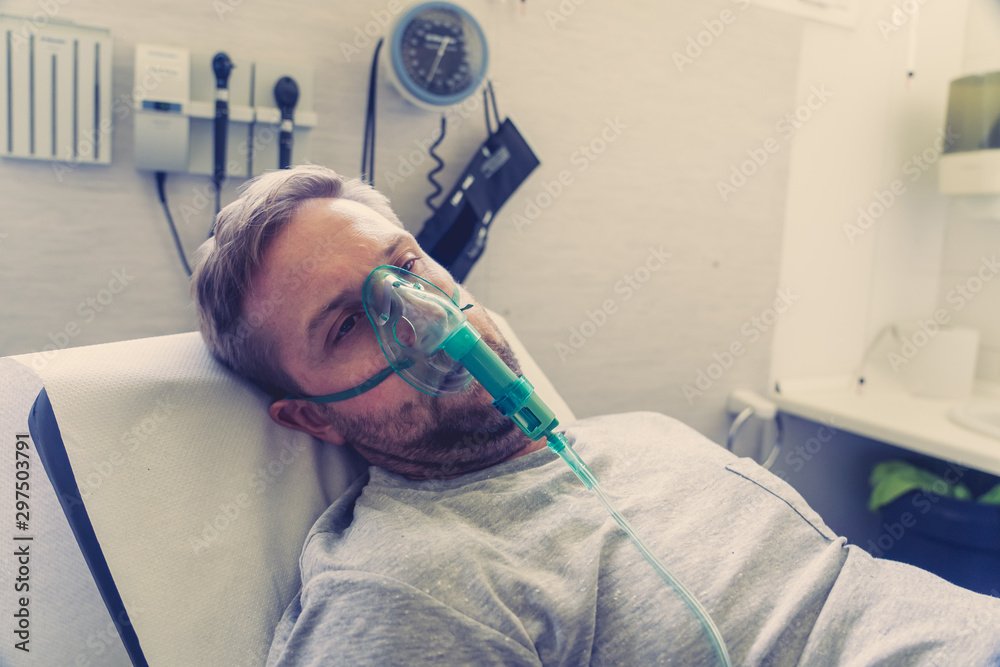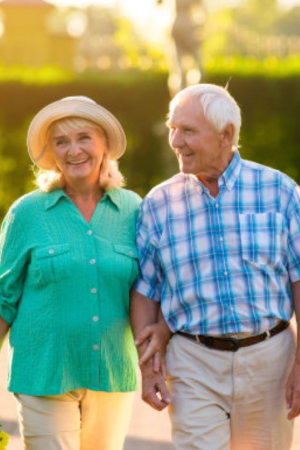
Pneumonia can be a life-threatening infection forsome, but for others, it maypass quickly andjust causemild symptoms.So, what makes the difference? Age has a major impact on the severity of pneumoniaalongwith underlying health conditions.But there are other factors that affect pneumonia survival rates.Lets dive into the numbers and explore who is the most at risk of dying from pneumonia.PneumoniaDeath RatesByAgeAge is one is one of the biggest risk factors for pneumonia.Seniors are likely to have weaker immune systems and suffer from chronic diseases.Plus, they oftenlive inclose quarters like nursing homes where infections can spread more quickly.
Discover more reasons why seniors are at higher risk in this post:Why Are Seniors So Prone to Severe Pneumonia?That being said, adults ages 70+ make up over 88% of pneumonia deaths in the US.In fact, pneumonia is the5th leading cause of deathamong seniors.Belowis theannual number of deaths from pneumonia in the US per 100,000 people in each age group.70+ yearolds:2145069 yearolds:231549 yearolds:2515 yearolds: 0.305 yearolds: 3ByGenderGender isanother factor in thesurvivability of pneumonia.TheAmerican Lung Associationhas provided data on the death rates of pneumoniaand influenzain the USby age.While these infections are not the same, influenza is one of the most common causes of pneumonia.Below is the annual number of deaths from pneumonia and influenza in the US per 100,000 peopleby gender.Men: 19Women: 14Therefore, men are about 25% more likely to die from these infections than women.This statistic is interesting because women were slightly more likely to be hospitalized due to pneumonia/influenza, but they were more likely to recover.ByEthnicityThe American Lung Association also provides the death rates of pneumonia and influenza in the US by ethnicity.
Below is the annual number of deaths from pneumonia and influenza in the US per 100,000 people by ethnicity.White: 16Black:17American Indian/Alaska Native:19Asian/Pacific Islander:15Hispanic:13Compared to whites, death rate was21% higher in American Indians or Alaska Natives and 8% higher in blacks.However, thepneumonia/influenzadeath rate was 18% lower among Hispanics and 6% lower among Asians or Pacific Islanders.By StateWithin the US, each state has its own pneumonia mortality rate.The range in these rates could be due to a number of different factors, including climate, state infrastructure, etc.
However, where you live couldhave someaffecton the pneumonia rates.Below are the 10highest and 10 lowest pneumonia/influenza death rates per state.If you dont see your state on the list, you can review the complete list on theCDC website.States with the LowestPneumoniaMortality RateVermont: 6%Alaska: 7%Minnesota 8%Colorado 8%Florida 8%Oregon: 9%Washington: 10%Wisconsin: 10%Arizona: 10%New Hampshire: 10%States with the Highest Pneumonia Mortality RateMississippi: 23%Hawaii: 17%Arkansas: 17%Alabama: 17%New York: 17%Tennessee: 16%West Virginia: 16%South Dakota: 16%Kentucky: 16%Maine: 15%Pneumonia PreventionIf you are at a higher risk for pneumonia, its important to take preventative measures to remain healthy especially during the cooler months.Here are some ways that you canreduce your risk of getting this lung infection.Get the flu vaccine.The flu can cause pneumonia, so you can get a flu shot each year to reduce your risk of getting influenza.Get the pneumonia vaccine.There is also a vaccine for pneumonia to prevent the form of pneumonia caused by pneumococcal bacteria.Wash your hands.Maintain goodhygieneby washing your hands frequently with soap and water.
If you arent able to wash your hands, then use hand sanitizer.Eat healthily.Keep your immune system strong and ready to fight off infections by maintaining a healthy diet.Dont smoke.Smoking damages your lungs and can make it harder for your body to recover from infections, germs, and diseases.Try to quit smoking as soon as possible.Avoid sick people.This might seem simple, but if you are around sick people, then you put yourself at higher risk of getting sick.Reduce your exposure to sick individuals asmuch as possible.Get enough rest.The immune system needs time to recharge, so getting enough sleep can help keep your defenses up.Get more statistics about pneumonia and how it affects the senior population in our infographic:Dangers of Pneumonia in the Elderly.
And if you or a loved one gets pneumonia this year, reach out to our team! Our caregivers are specially trained to assist seniors recovering from pneumonia while reducing the chance that the infection spreads.OurPneumonia Specialty Programcan provide seniors with the support and assistance they need to help them recover.
Publisher: Caring Senior Service ( Read More )

